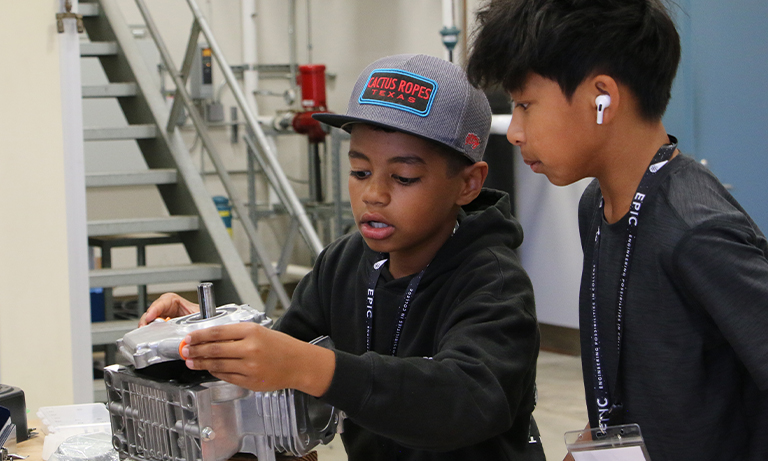Concrete is not the first material that comes to mind when designing a Frisbee. It’s heavy, brittle, and your dog probably would not be as eager to fetch with it. But, a concrete Frisbee does have some value – not as a fun toy, but as a learning experience.
At the Pacific Southwest Conference this year, groups of engineers sought to defy these expectations by taking their concrete Frisbees to the air. Cal Poly – which also took first place in the concrete canoe and steel bridge competitions – won the concrete Frisbee contest with their van Gogh-themed disk.
The strong performance from Cal Poly should be no surprise, given San Luis Obispo’s long history with the flying discs people have come to know and love. Fred Morrison, San Luis Obispo resident, invented the modern Frisbee in 1957. Since then, plastic has been used and later perfected for its optimal flight, weight, and comfort.
Now, in 2018, Cal Poly engineers are challenging the roots of the Frisbee by creating one made out of concrete. The concrete version does not look too different than the neon plastic discs thrown at parks across the nation in shape and size – it flies and catches just as one would expect. The only difference is the time, effort, and deliberation that goes into getting a disc made out of concrete to fly in the first place.
At the Pacific Southwest Conference (or PSWC), the concrete Frisbee was just one of several engineering challenged students are tasked to overcome. While the competitions ranged from making steel bridges to concrete canoes, the concrete Frisbee competition inspired students to create a flying disc made out of concrete that not only flew through the air successfully, but also met criteria for retention, accuracy, distance, and was aesthetically pleasing.
PSWC gives engineering students the opportunity to get hands-on experience with the skills of their major. The competition aligns perfectly with Cal Poly’s Learn by Doing philosophy – each of the events are practical demonstrations of engineering approaches. Rebecca Cooter, a third year civil engineering student at Cal Poly, was one of the members of the concrete Frisbee team who traveled to Arizona for the 2018 PSWC.
“It relates to civil engineering because reinforcing concrete is very important,” said Cooter. “We do a lot of mix designs for projects, and it is a practical application of that. It is cool to say, ‘We built this, we made the design.’”
The design was not the only creative aspect of the project. The concrete Frisbee team had the chance to express themselves through the aesthetic criteria of the competition — something that they were more than happy to do.
“After letting it cure for about a week, we had to paint it,” Cooter said. “We chose the theme ‘van Gogh,’ because that was the same as the concrete canoe, and we thought it would be fun to match them.”
The concrete canoe team recently won the national championship in San Diego.
After everything was finalized, the concrete Frisbee team took their design to the competition in Arizona. There, the teams gathered in a grass field to put their Frisbees on display. When it came to the throws, there were two different rounds, one for accuracy, and one for distance.
“For distance, we had 40 or so people from Cal Poly line up to make sure that if the Frisbee actually went past the grass that someone would catch it,” said Cooter. “Unfortunately, it ended up slamming directly into a tree and falling. It got a little chip out of it, but it’s still in one piece.”
The experience for the concrete Frisbee team was a pleasant one in the end, according to Cooter.
“We were all pretty experienced with concrete, so it was really relaxed,” she said. “The team was really cool. Overall, it was a ton of fun.”


